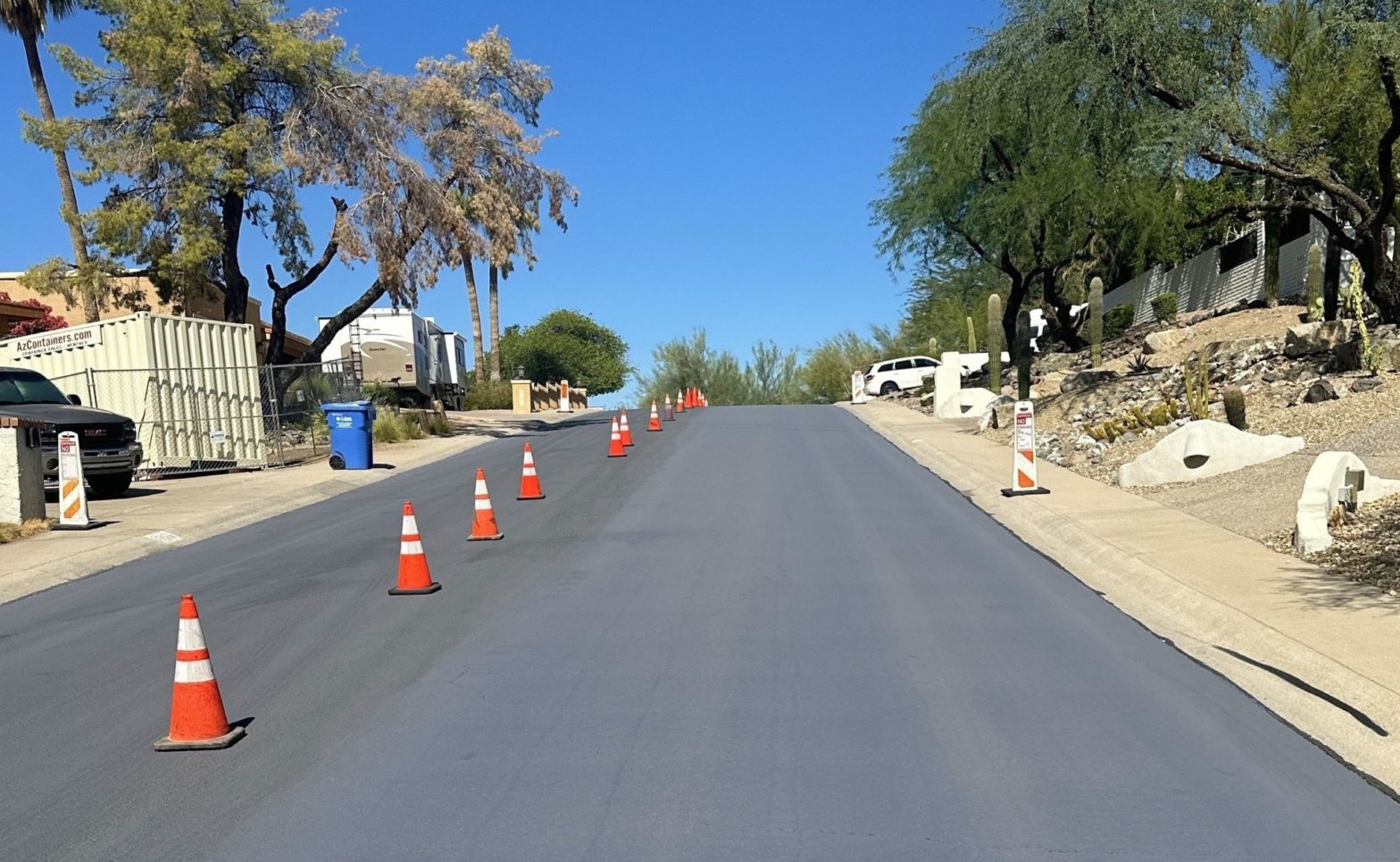
Global think-tank hails SDG on cities
08 September 2015
by Tom Teodorczuk
US editor, Tom Teodorczuk spoke with Professor Patricia McCarney , Director of the Global Cities Institute (GCI), about the UN’s watershed moment for cities and her organisation’s pioneering efforts to help cities make clearer sense of their present and transform their future.
The United Nations document “Transforming Our World: The 2030 Agenda for Sustainable Development”, will be formally adopted at the Sustainable Development Summit in New York by UN member states later this month. The document will unveil 17 new UN Sustainable Development Goals (SDGs) to replace the Millennium Development Goals (MDGs). Crucially for cities, while the MDGs contained no goal dedicated to cities, one of the SDG goals- Goal 11– directly addresses cities, pledging to “make cities and human settlements inclusive, safe, resilient and sustainable.”
The measure marks a vindication for the advocacy efforts of the GCI and follows the publication last year by their partner organisation The World Council on City Data (WCCD) of ISO 37120, the first ever international standard for city data. Comprised of 100 key indicators enabling global cities to share and compare data, ISO 37120 has swiftly become a partner for cities and governments worldwide to set specific targets and build standardised data to track progress that will help them towards achieving SDG Goal 11.
Why do you think a goal for cities was absent from the MDGs?
It was an oversight. Cities just hadn’t risen on the global agenda as being significant even though many of us had been advocating for cities, in my case for 20 to 30 years. The voice of people interested in cities has grown and come together in very different ways. Lots of city networks globally are pushing for it. The demographics in part have informed this movement to include an urban goal. Fifty percent of the world’s population now lives in cities and cities are economic powerhouses accounting for 70 percent of global GDP. Many cities–such as Tokyo with its population of over 30 million–are larger than countries. The attention to cities has risen as a result of demographic and economic challenges but also the climate agenda. People understand solutions to climate are not going to be borne by countries alone and that much of the solution lies in cities. That has been driving the inclusion of the SDGs including Goal 11.
How do you think the SDGs will differ in practice in adoption from the MDGs?
One of the criticisms of the MDGs was that there was little ability to measure. There were no indicators or targets being set for certain goals. In some cases there was just no data available. In 2015 the data is much stronger and can much better inform the SDG targets. The work I’m doing is building a culture of data in cities and improving really good quality data for cities. We now can actually start to have data-informed targets for cities which we didn’t have in the MDG days. The closest thing we had in the MDGs to an urban goal was the slum dwellers goal that set out to achieve by 2020 a significant improvement in the lives of at least 100 million slum dwellers. In fact that MDG target was well achieved between 2000 and 2014–320 million people improved their lives in terms of improved water sources, improved sanitation facilities and less crowded housing. We more than exceeded the MDG target but in that same period of time almost another 200 million people were living in slums so even though we were improving the lives of others the 100 million target wasn’t quite right. We didn’t have the data back then to inform it very well. The data has got us to a point where we can have a very strong urban goal that can set targets for this next development period.
What has the process been like of persuading the UN to enact the SDGs?
There have been so many groups involved in this and so much advocacy that it’s hard to put a point on it. During our work with ISO 37120 we’ve been having conversations with UN Habitat, other United Nations environment programmes and the UN Statistics Offices in New York. At the World Council on City Data, we’re just one of many people that have been advocating this. Perhaps the US government, for example, had a concern about why should we include an urban goal when the data is still weak for cities or why should there be an urban goal when countries have to report on these targets and achievements. There were also discussions where I was concerned around the data availability and that maybe an urban goal could not be measured. But we’re building a new ISO standard and we have 100 indicators that can support the goal. The Indian Institute for Human Settlements, a working group within the United Nations Sustainable Development Solutions Network, has been leading the work and has been instrumental in mobilising on behalf of cities and towards this goal and the SDG process. It has taken a few years of advocacy.
How do you assess last year’s launch of the ISO 37120?
One of the weaknesses that cities have faced has been the ability to measure progress against targets. The WCCD been advocating for ISO 37120 and good standardised data to start to inform each of the individual targets under Goal 11. It allows cities and countries to benchmark and it also allows cities and countries to manage progress in reaching Goal 11 and to evaluate investment and infrastructure in poverty and sanitation in cities. The targets also include water consumption, transport and air quality. China, Canada and many countries in Europe and Africa have already adopted the ISO 37120 standard to measure progress to achieving SDG 11.






